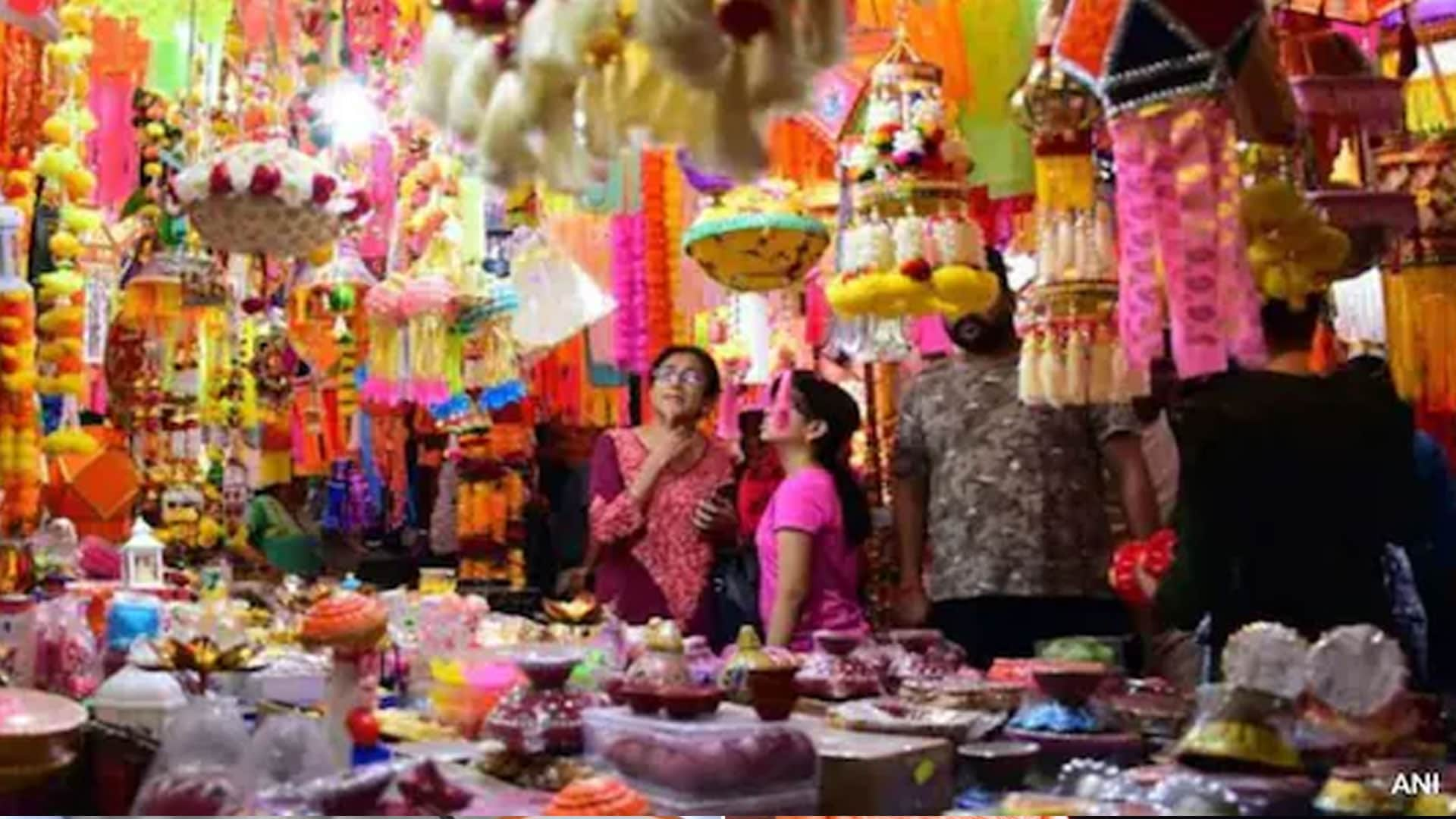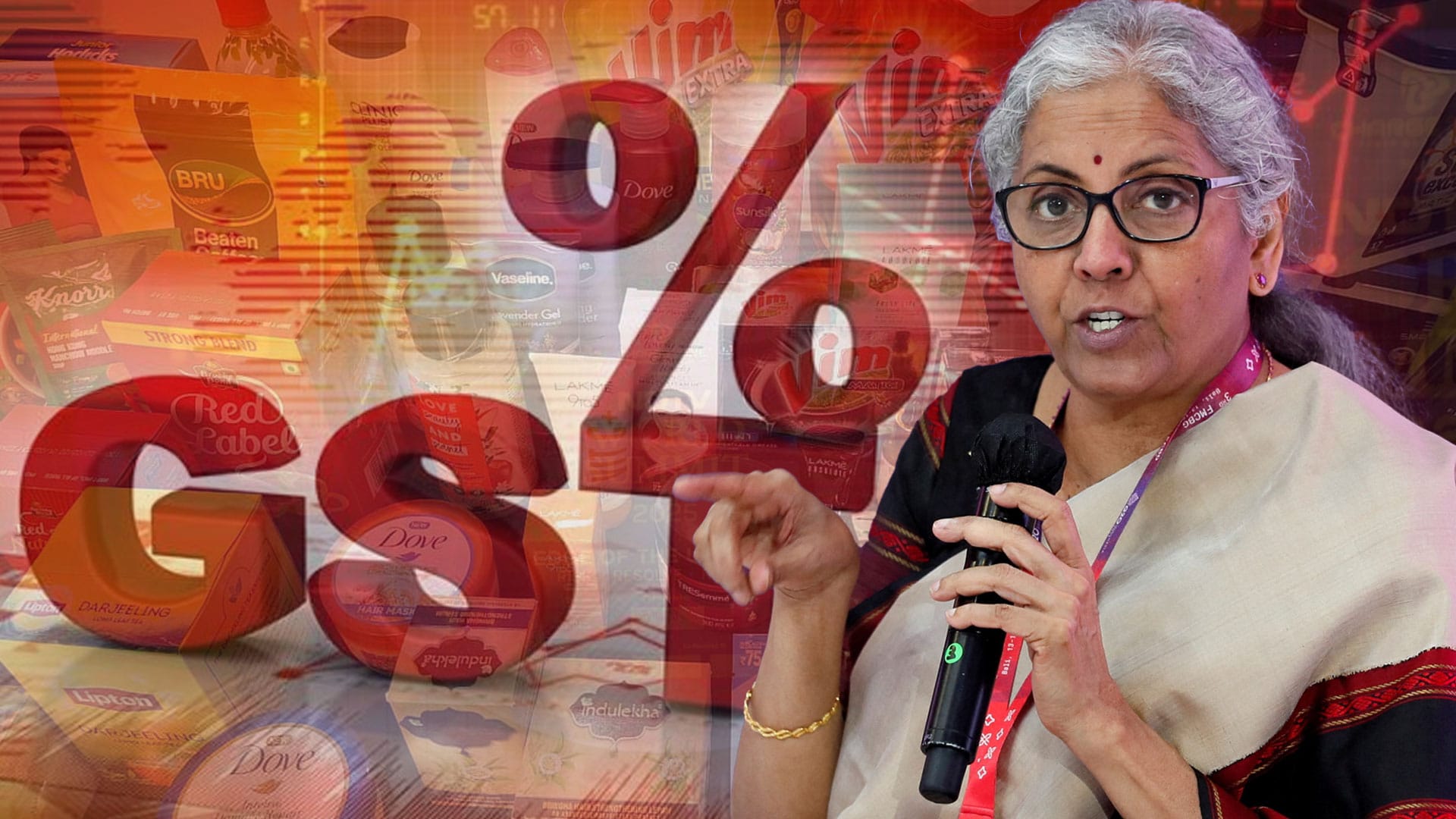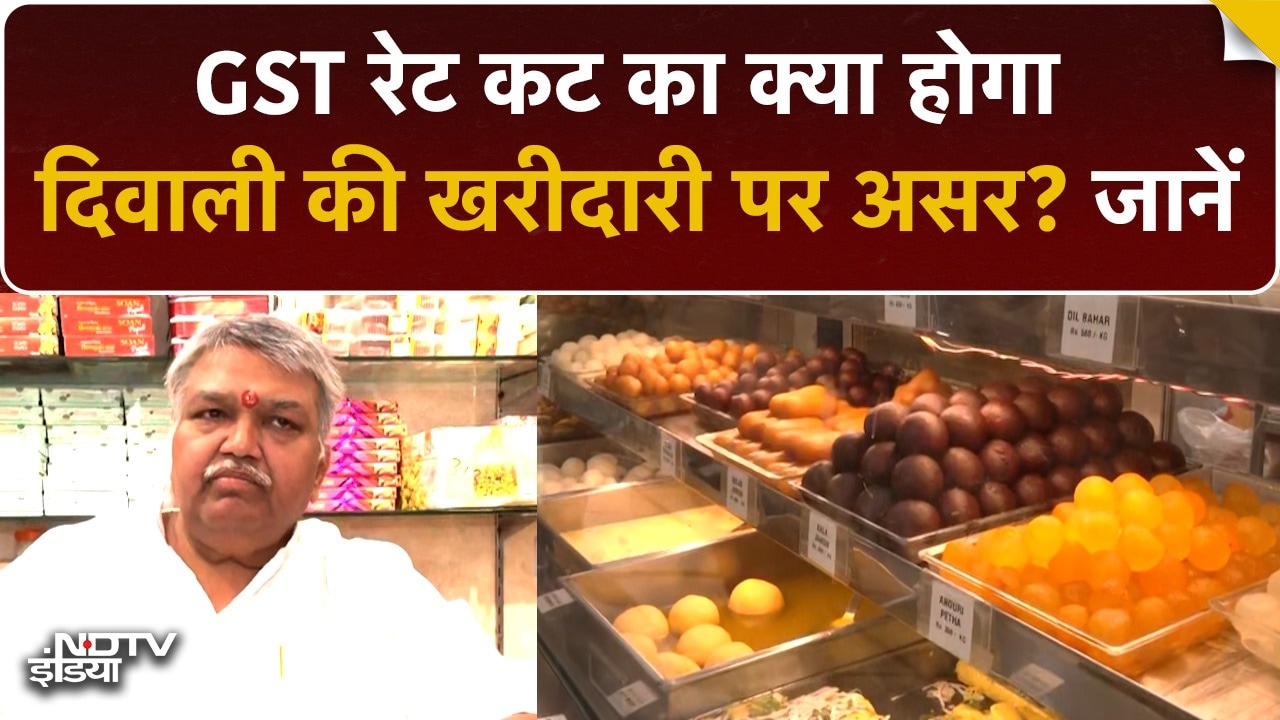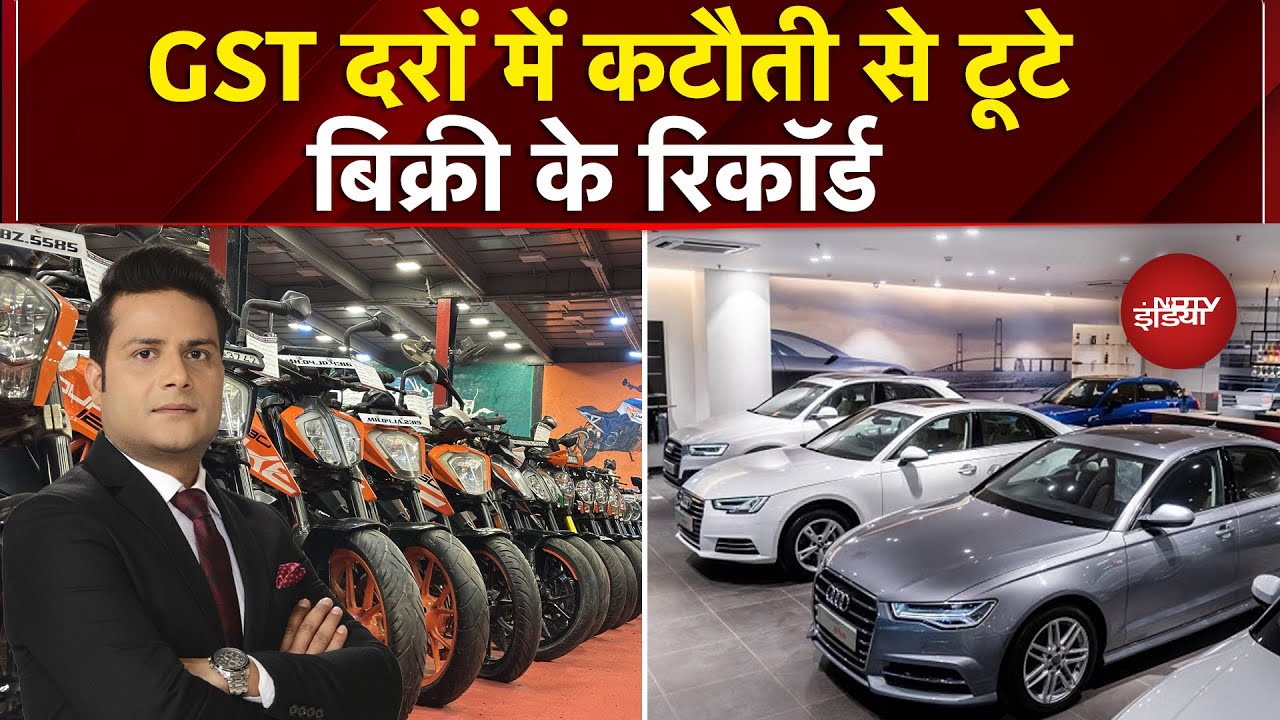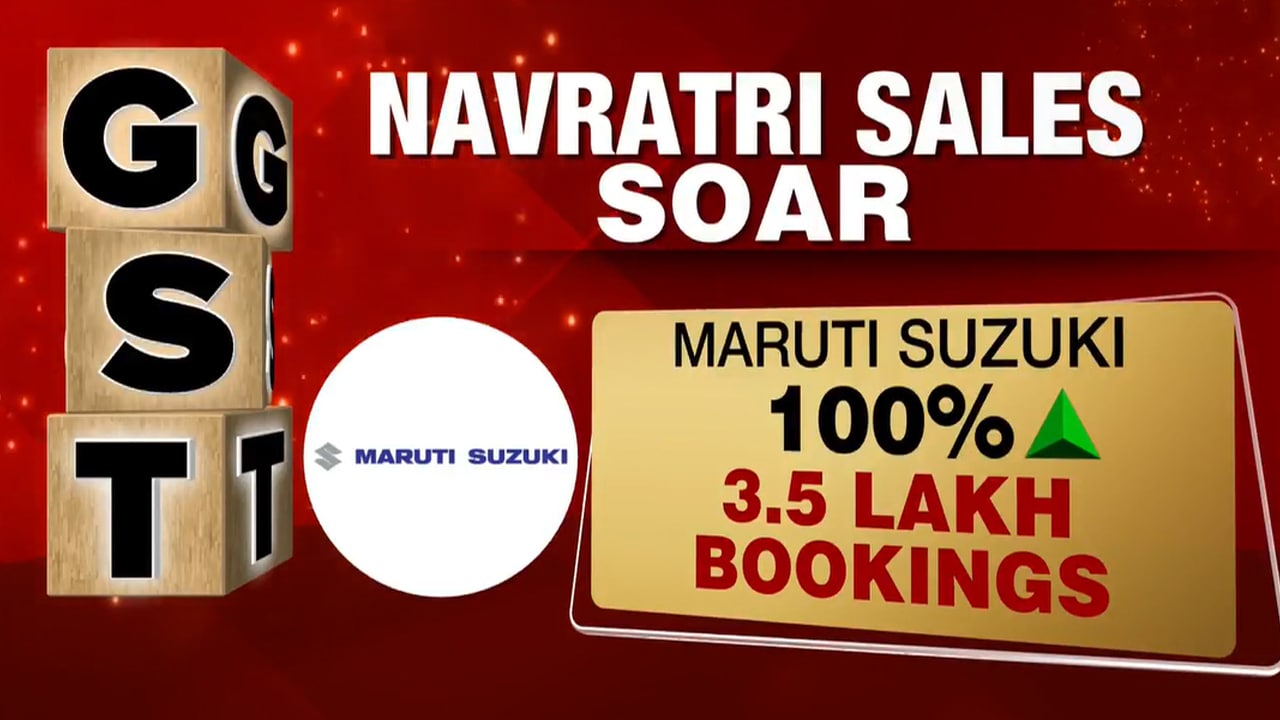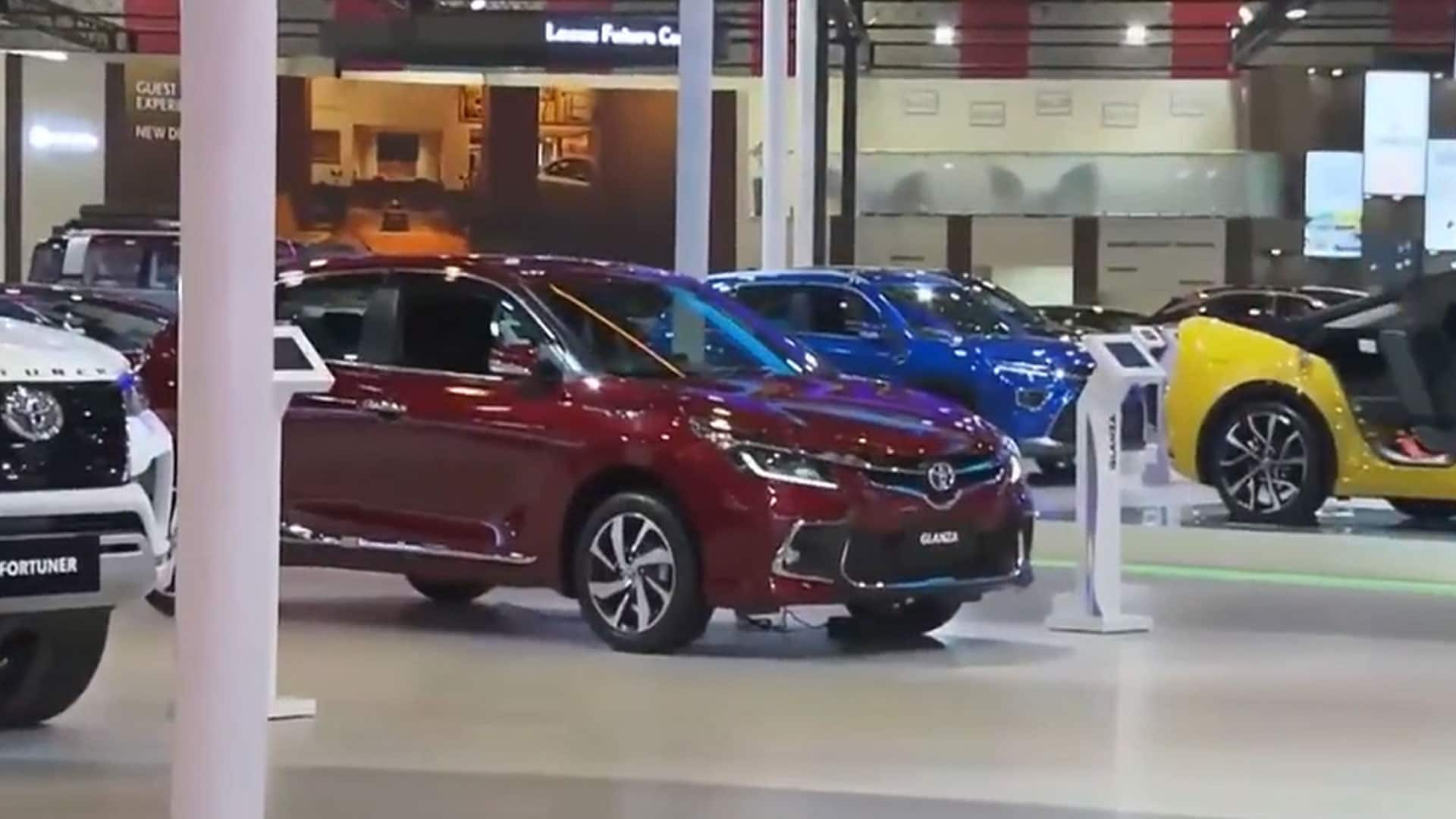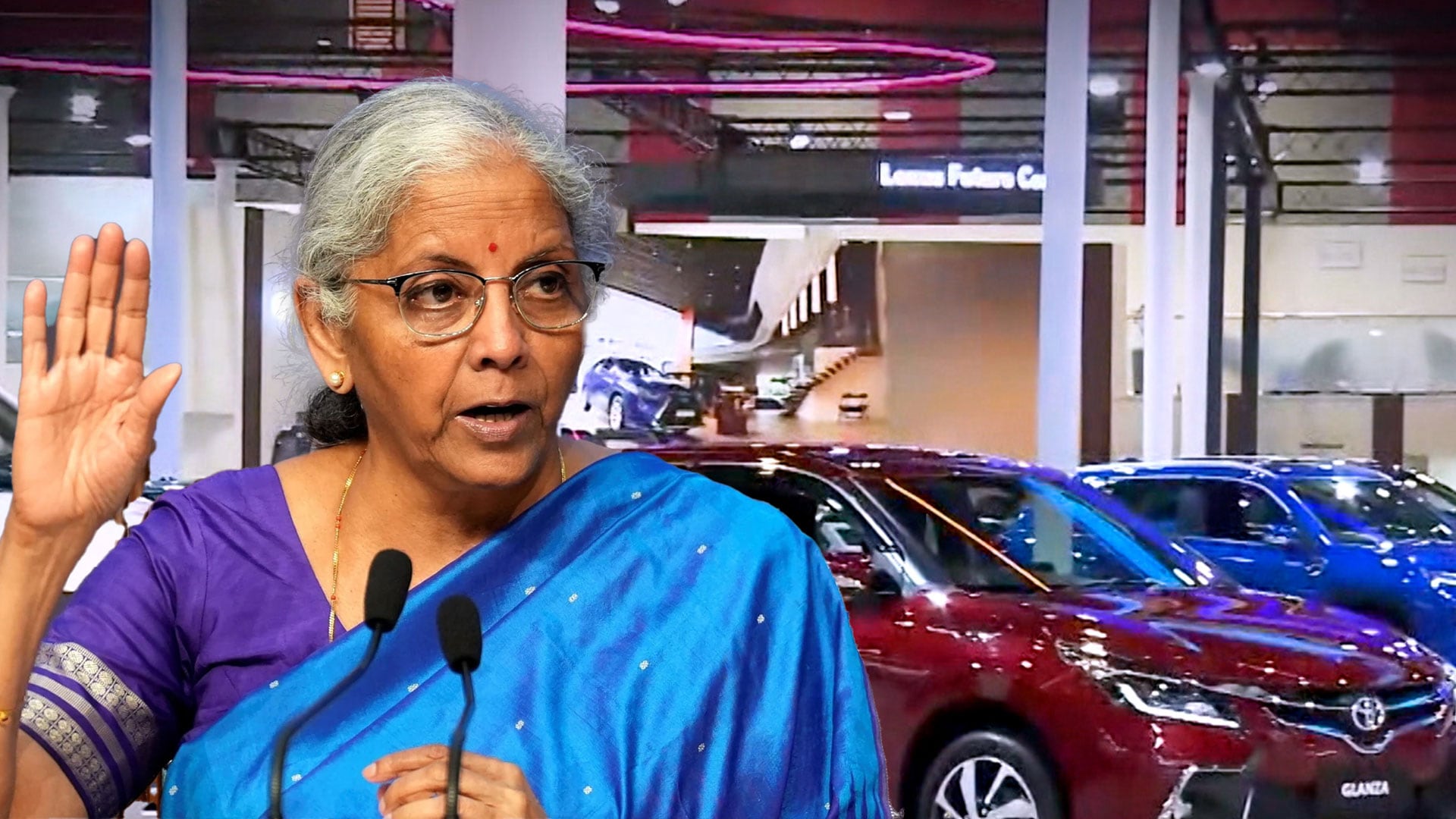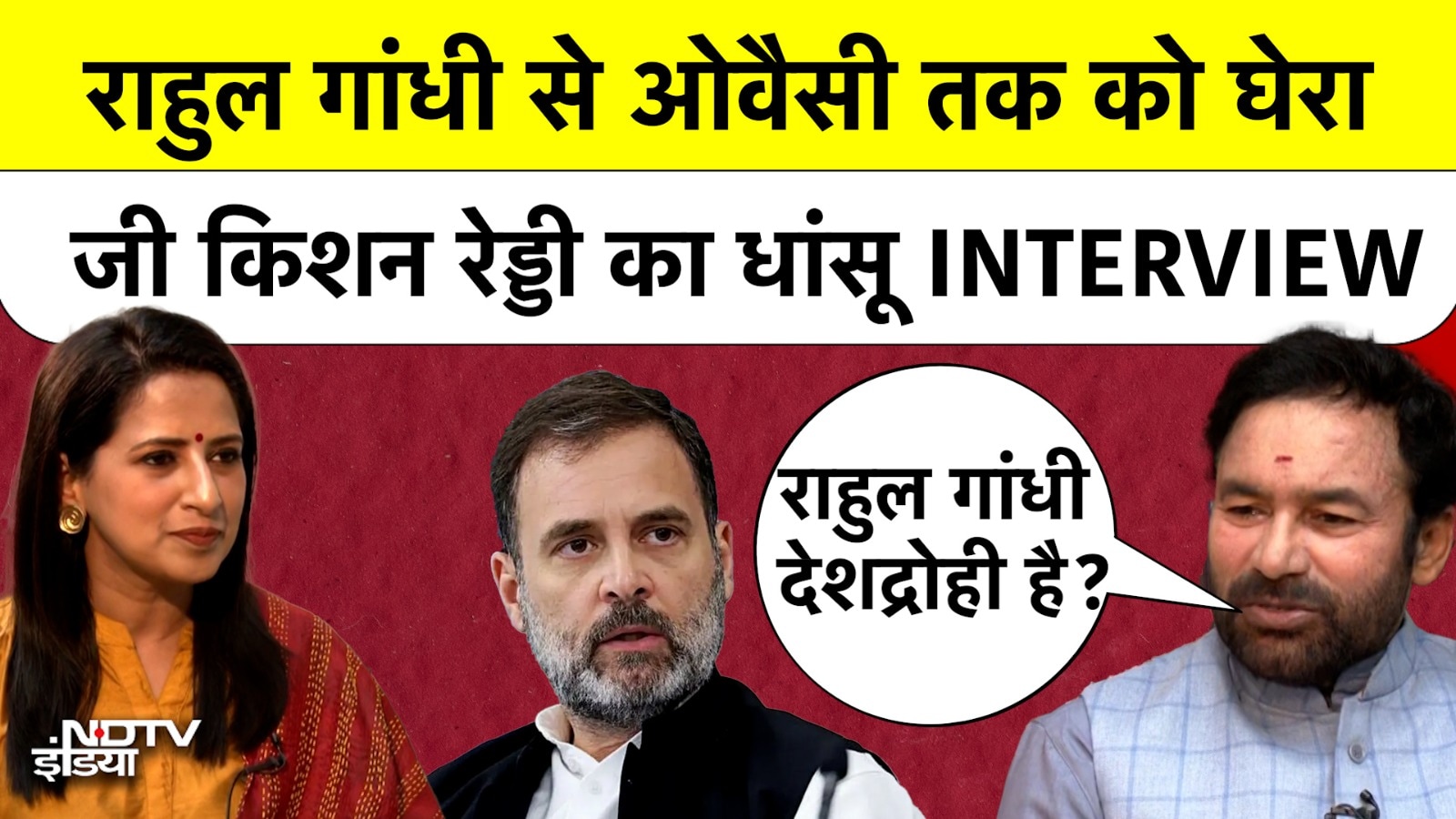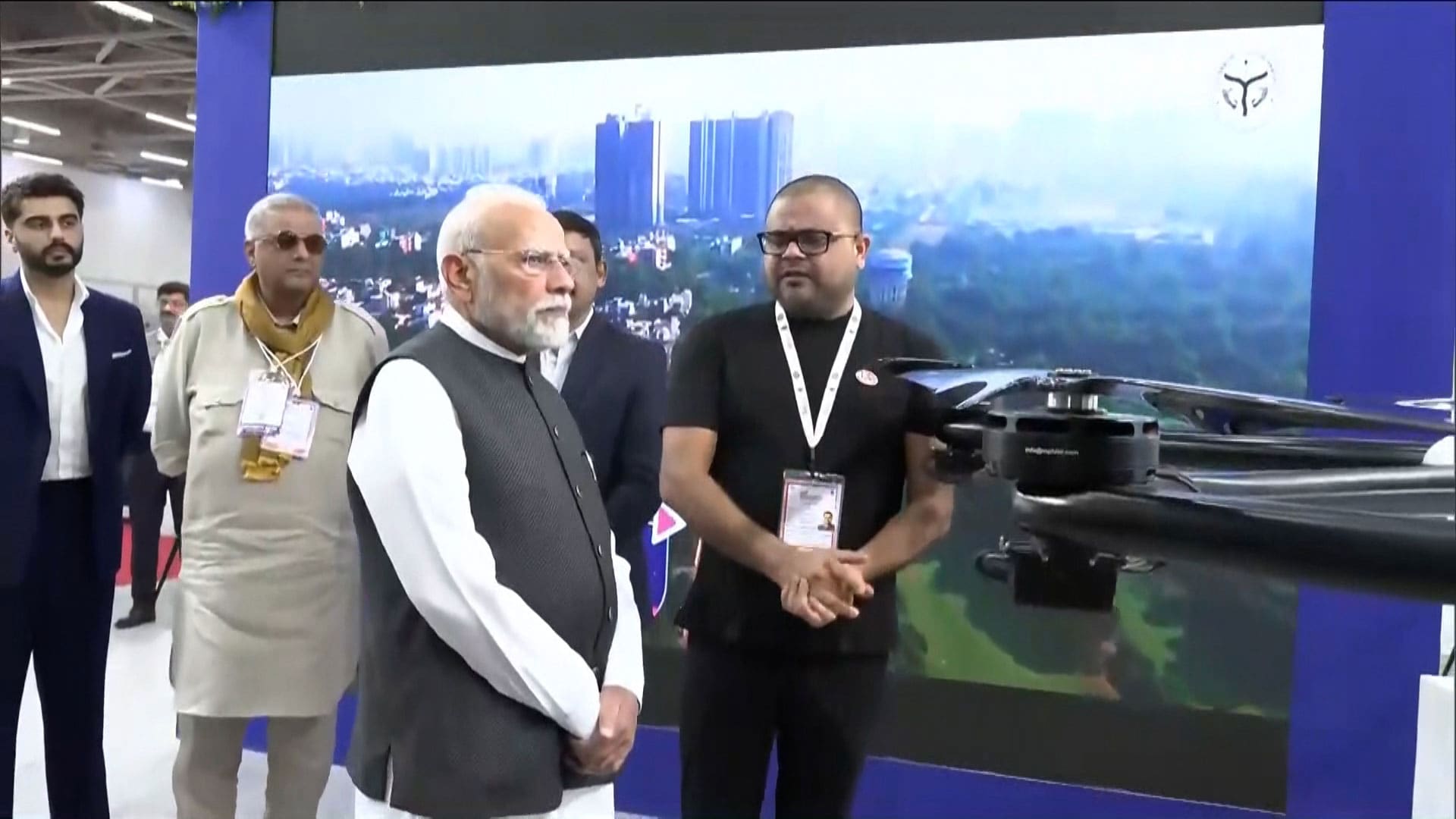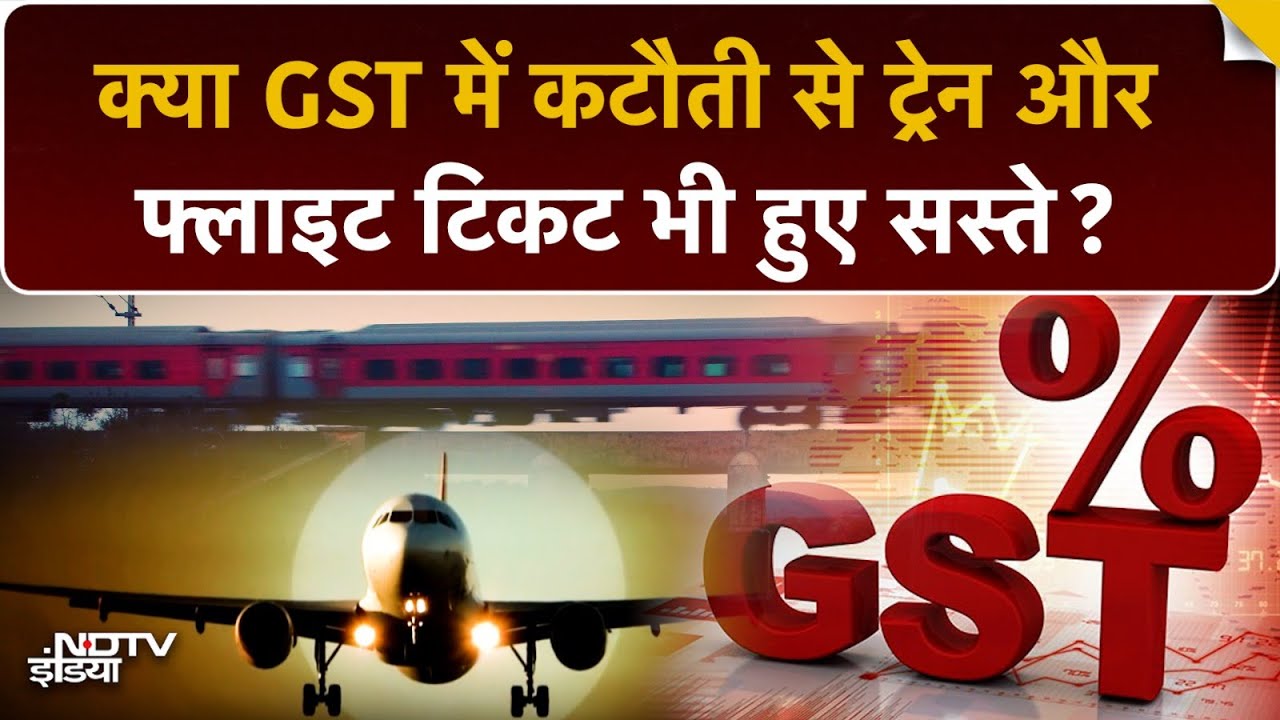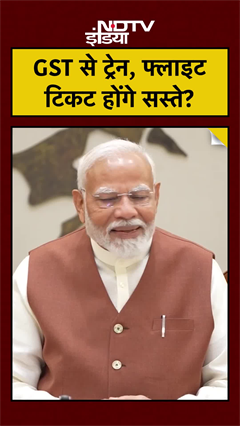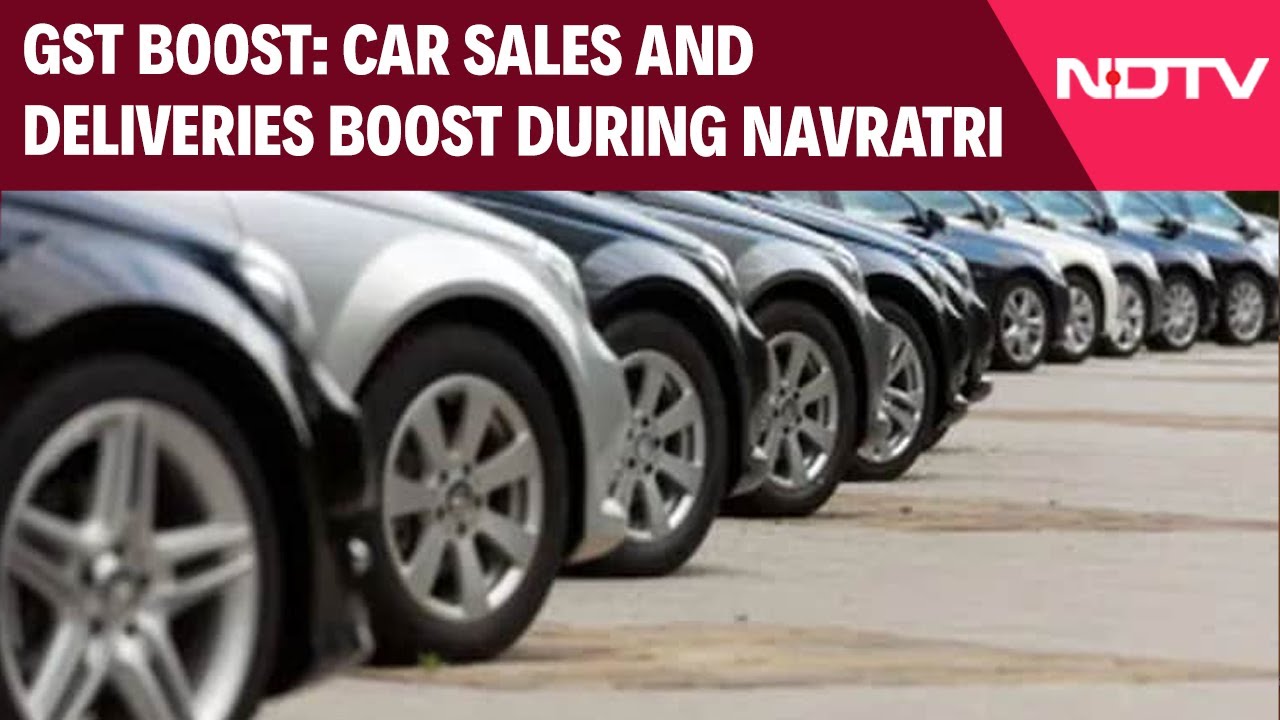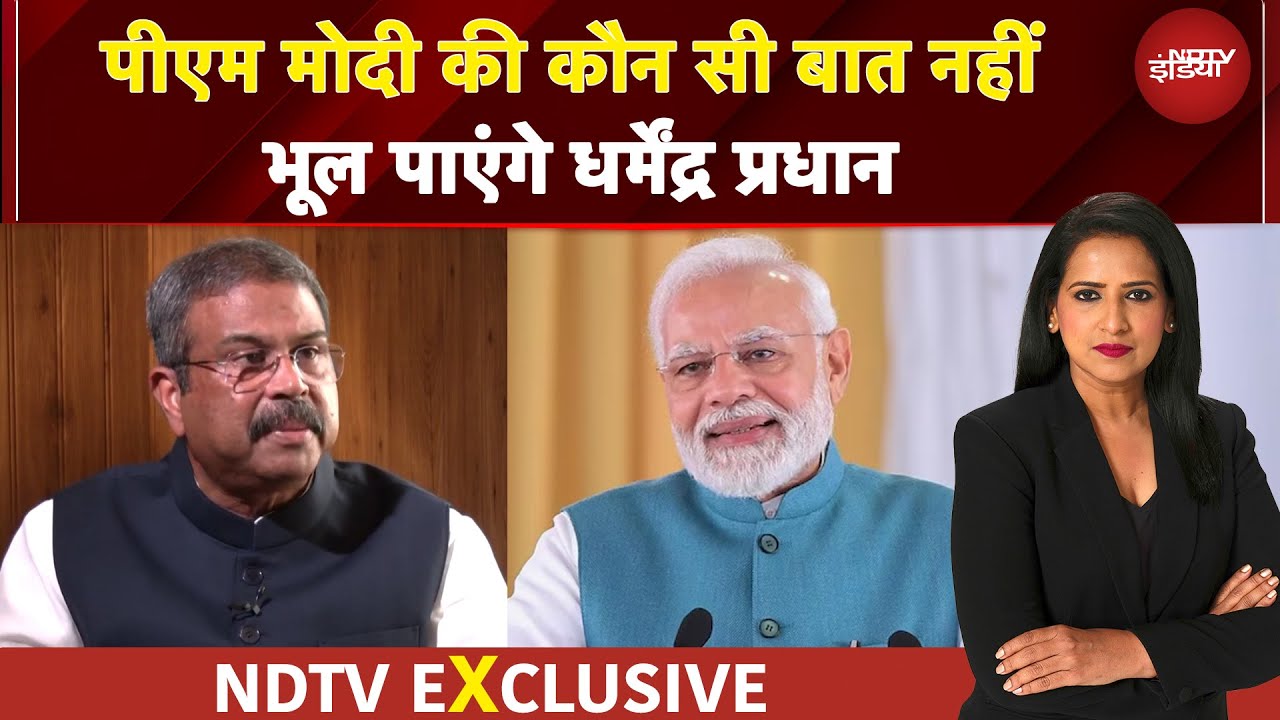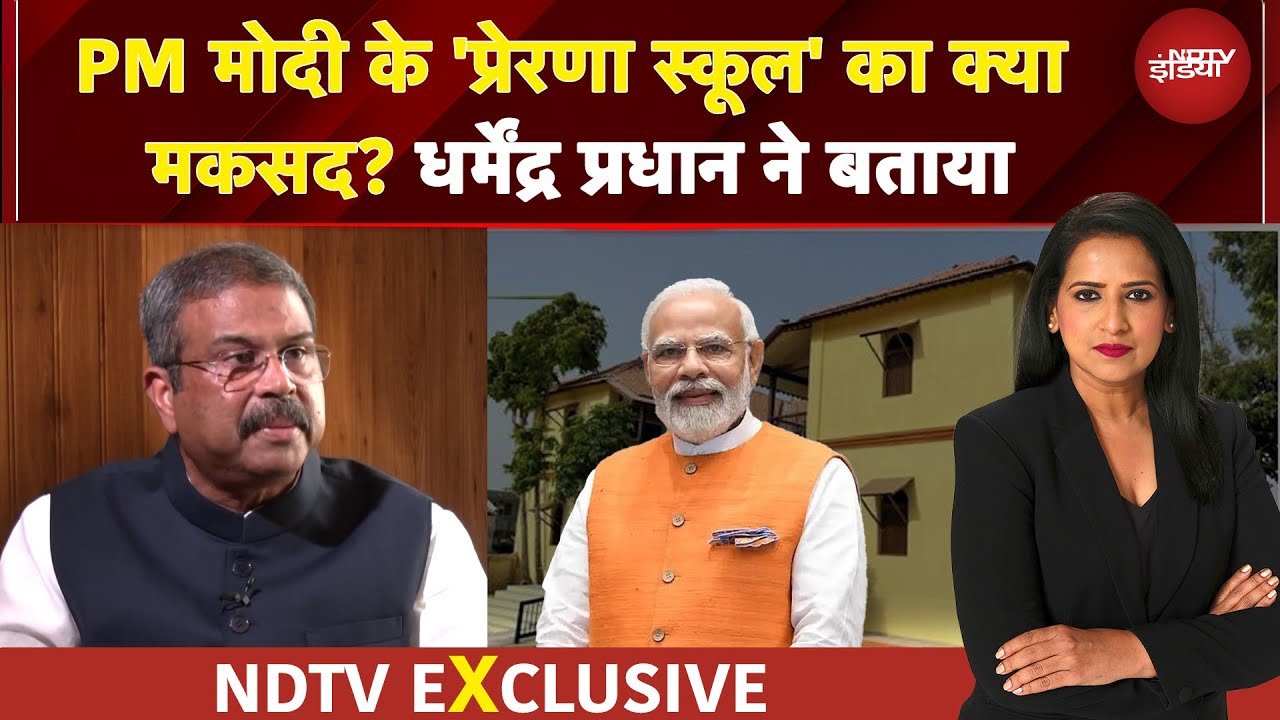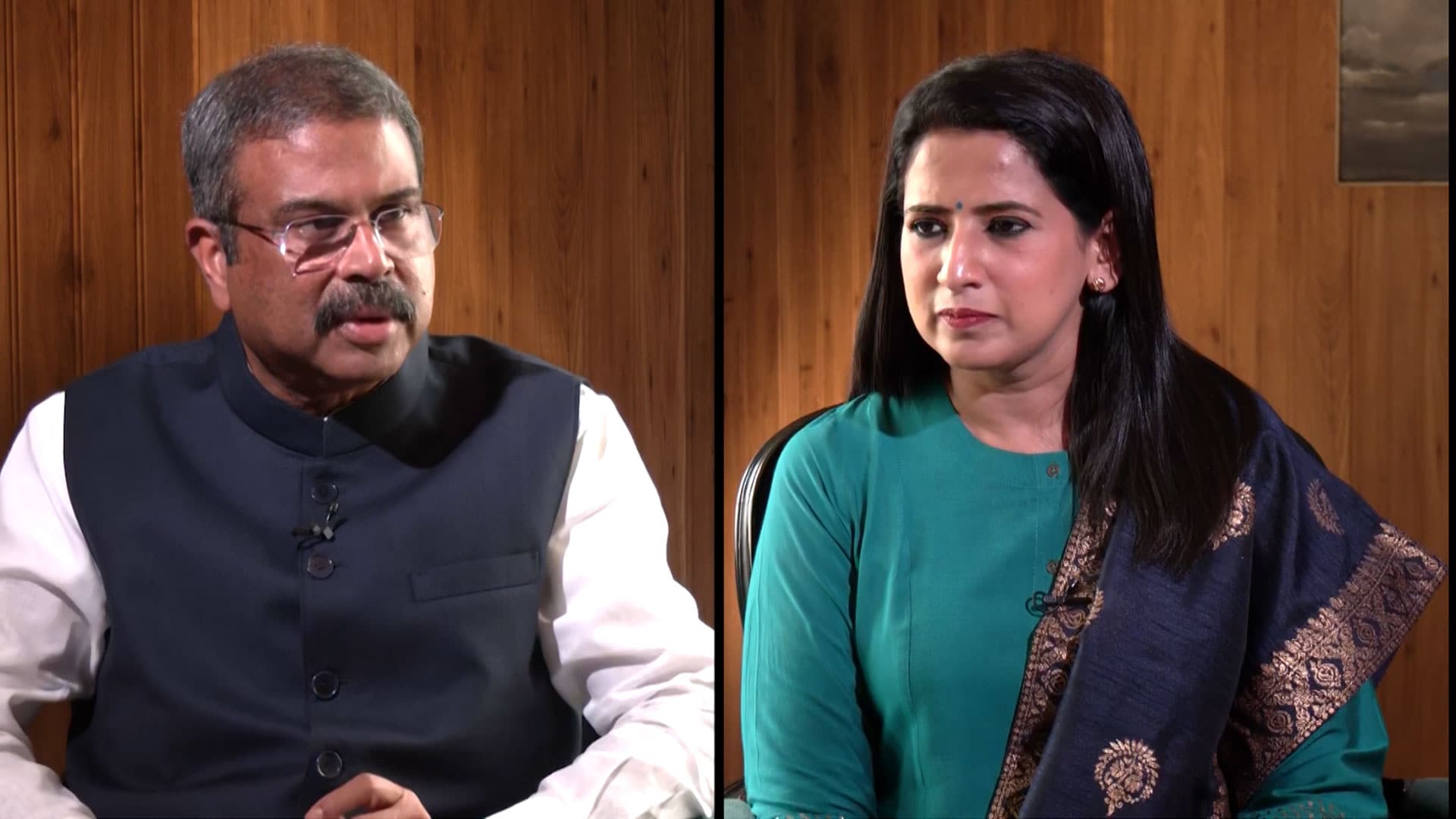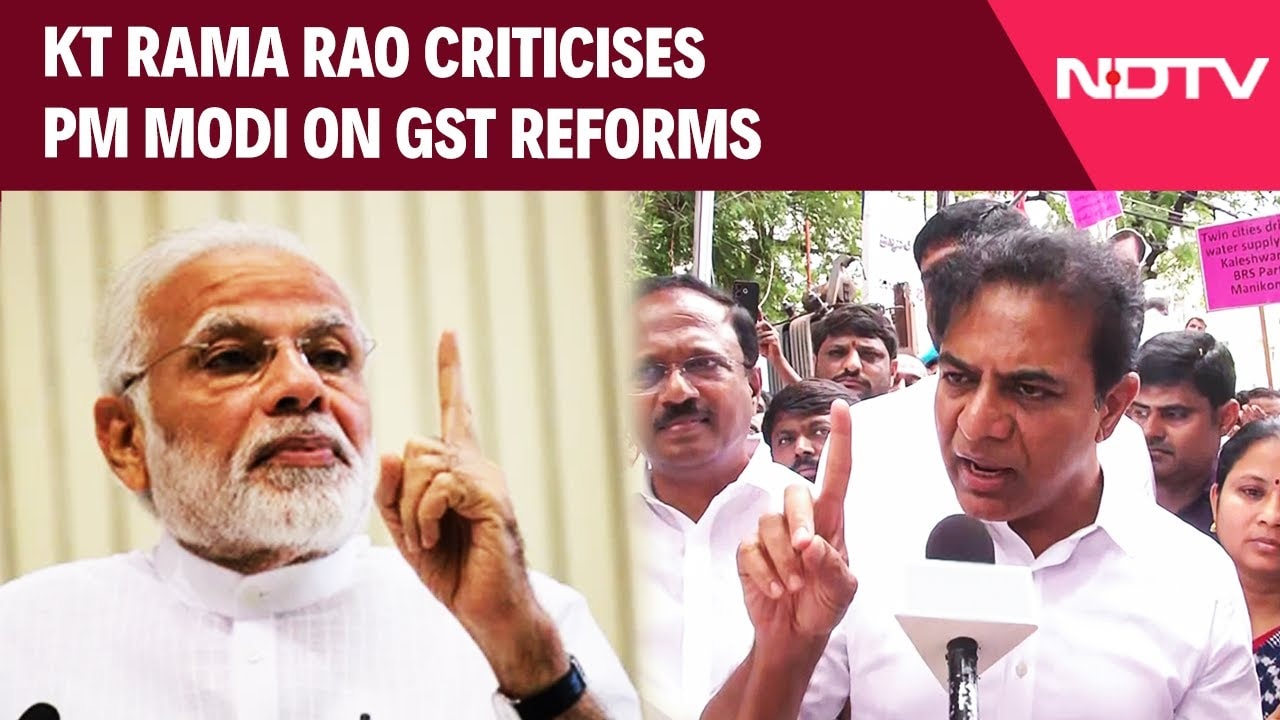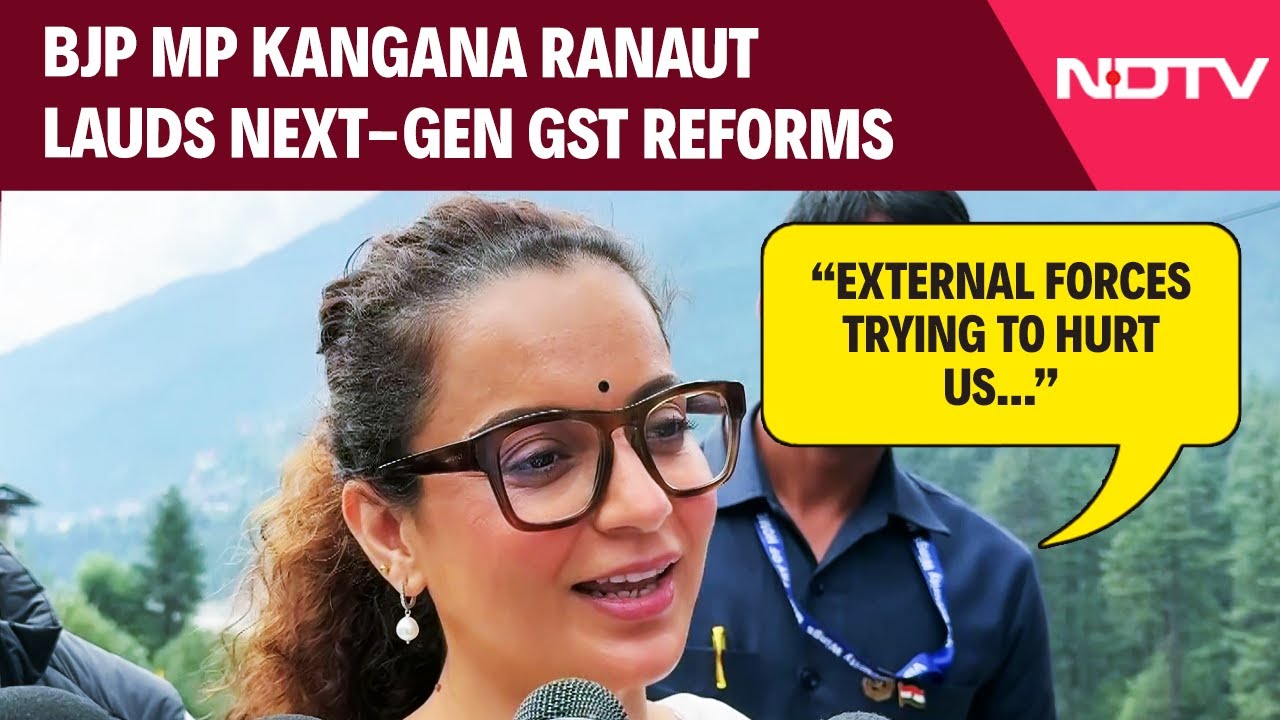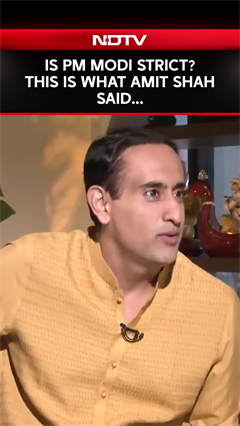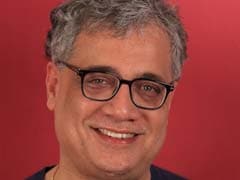- Home/
- Latest Videos/
- More Room For Rate Cuts, Says Arvind Subramanian
More Room For Rate Cuts, Says Arvind Subramanian
For the first time today, the government presented a second or a mid-year economic survey for the year 2017-18 highlighting the new factors that the economy faces since the last such exercise in February. India's service sector, which was highly resilient even during the global financial crisis, has moderated to 7.7 per cent in 2016-17, according to the Economic Survey. The sector, which grew by 9.7 per cent in the previous year, however remains the key driver of India's economic growth, contributing almost 62 per cent of its gross value added growth in 2016-17. Policies like GST and FDI liberalisation coupled with initiatives for promoting digitalisation, tourism and shipping have brightened the growth prospects for this sector, the mid-year survey which was tabled in Parliament on Friday said. "India's services sector growth, which was highly resilient even during the global financial crisis, has been showing moderation in recent times," it said. In conversation with NDTV's Vikram Chandra, Chief Economic Adviser Arvind Subramanian explains the road ahead for the Indian economy.
Here are the highlights:
• The medium term (outlook) looks good... but there are worries for the near term. There is a trend deceleration heading towards deflation, that isn't slowing down. That is a worry: Chief Economic Adviser Arvind Subramanian
• Non-Performing Assets (NPA) are a big growth challenge: Arvind Subramanian
• A series of factors weighing on the economy like bad loans, high debt levels of some corporates: Arvind Subramanian to NDTV
• Are farm loan waivers sustainable? Farm loan waivers could add to deflationary pressures on economy. Since you have a ceiling, states have to cut down on other expenditure to compensate for farm loan waivers which means cutting down on infrastructure funding: Chief Economic Adviser.
• Over the next few years, inflation is expected to be lower than what we had in the past: Arvind Subramanian to NDTV
• Inflation is low and this is because of good decisions taken by the government and the RBI. Some of the factors are temporary and the trend might reverse (for inflation) somewhat, but it will go up and settle at a reasonable level: Chief Economic Adviser
• Interest rates still high: Real interest rates are rising and the cost of lending is high. Over the next few years, inflation is expected to be lower than what we had in the past. We can expect 3% or 4% going forward. In the next few years, we can expect inflation to remain low. Both in terms of scope and need for the economy, there is potential for interest rates (lending rates) to go down significantly. My technical assessment is that interest rates can come down by a fair amount. I am not the authority, so won't get into the numbers of it, said Mr Subramanian.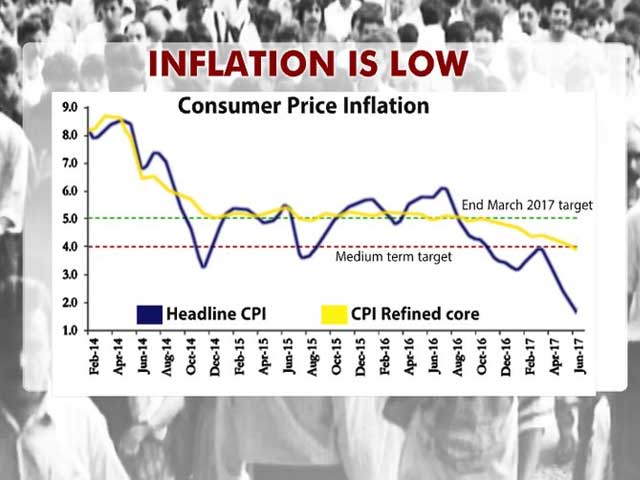
• More people now in tax net: GST has eased the logistics of businesses and increased turnover time. The removal of tax posts and borders has helped to a great extent. We see 13.5 lakh new tax payers after GST. And over 5 lakh new tax payers due to demonetisation. So both have had their positive effects. They (taxpayers) are coming into the net and can now be monitored at all times and that is a big success.
• Note ban: Boost to digitalization: People now hold 20 per cent less cash than they did before demonetisation and that is a great trend. It shows signs of moving towards a less-cash economy. Digitisation is on the rise and that is good for the economy, Chief Economic Adviser told NDTV's Vikram Chandra.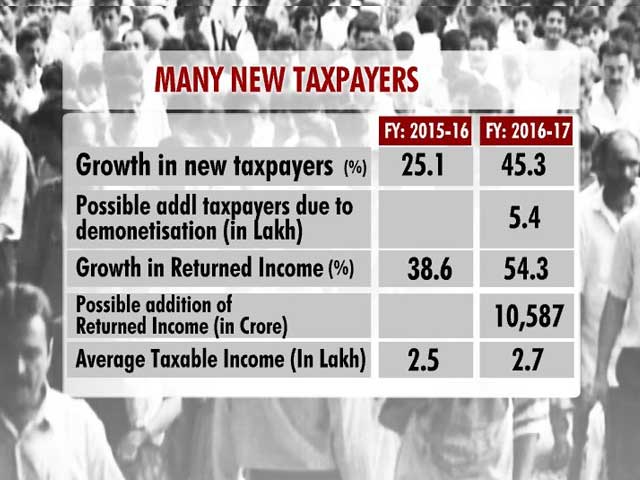
• The big benefit of GST, i.e. invoice matching, will come in over the next few months. Under that old system, a consumer saw only the state VAT on their invoice, but in reality there was also an embedded central excise and other levies. Now they see a higher GST rate, but there is no embedded central excise and does away with all other levies too. So the higher number does not mean a higher tax. People need to be made aware of it.
• Growth Slowing, But Still Reasonable: We aid farmers in various way - loan waivers being one of them. We can do something for the farmers where they can sell directly, whether we can transfer money to them directly. We can help them find a better and easier marketplace for them to sell their produce.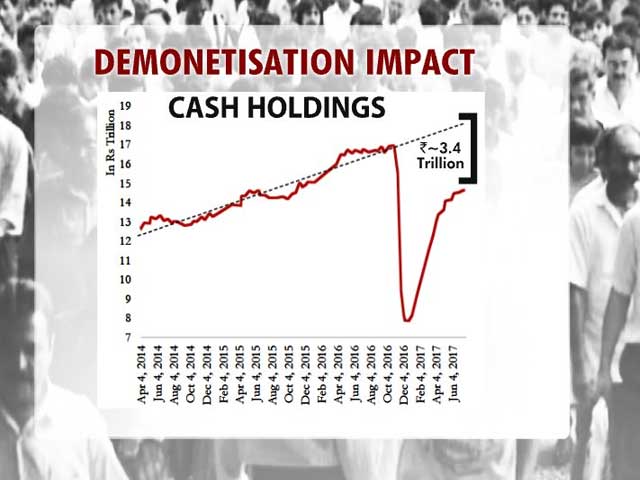
Related Videos
................................ Advertisement ................................
News
More- Friday December 19, 2025 , New Delhi
Retail sales in November, however, eased by 3.1 per cent year-on-year, largely due to an early festive season that shifted demand into October's record-breaking sales period.
- Edited by Anushree Jonko | Friday December 19, 2025
The International Monetary Fund (IMF) has declined Pakistan's request to immediately scrap the 18 per cent General Sales Tax (GST) on contraceptives, dealing a blow to the government's push to make birth control more affordable.
- Thursday December 18, 2025
The report from ICRA Analytics said that retail sales grew 22 per cent yearonyear in November but eased 29 per cent from October's festive peak.
- Written by Akarsh Anant | Tuesday December 16, 2025
Kawasaki India has introduced a Rs 25,000 discount on the Versys-X 300, with the offer valid until 31 December 2025.
- Edited by Puniti Pandey | Wednesday December 10, 2025 , New Delhi
Qualified candidates must attend practical exams scheduled from December 2025 to February 2026 across various medical specialties as per the NBEMS announced timetable.
Opinion
MoreOpinion | Why States, Not Centre, Should Get All The Credit For GST 'Savings'Derek O’Brien
Wednesday October 22, 2025Amidst all the hoopla, it is the State governments that truly deserve recognition for coming together for the GST revision. Because the States are the ones bearing the brunt of massive revenue losses.
Opinion: GST Cut, Inflation Under Control: Optimism As Festival Season ApproachesBharti Mishra Nath
Friday September 19, 2025Away from politics, floods, rain-related tragedies and the Trump tariffs, there is optimism in the air. With GST rationalized, inflation in control, the upcoming festival season promises good times.
Opinion | Next-Generation GST: A Reform That Places The Middle Class At The CentrePradeep Bhandari
Saturday September 06, 2025By ensuring both direct tax relief and rationalised indirect taxes, the government has empowered the common citizen to save more, spend more, and aspire more.
Opinion | Observations From A Student of Political Communication - By Derek O'BrienDerek O’Brien
Friday September 05, 2025For a student of political communication, this week has been fodder. The language used to describe GST reforms has been nothing short of grand. "Landmark". "Biggest ever since the 1990s". The Opposition has been advocating for such 'reforms' for eigh
................................ Advertisement ................................



